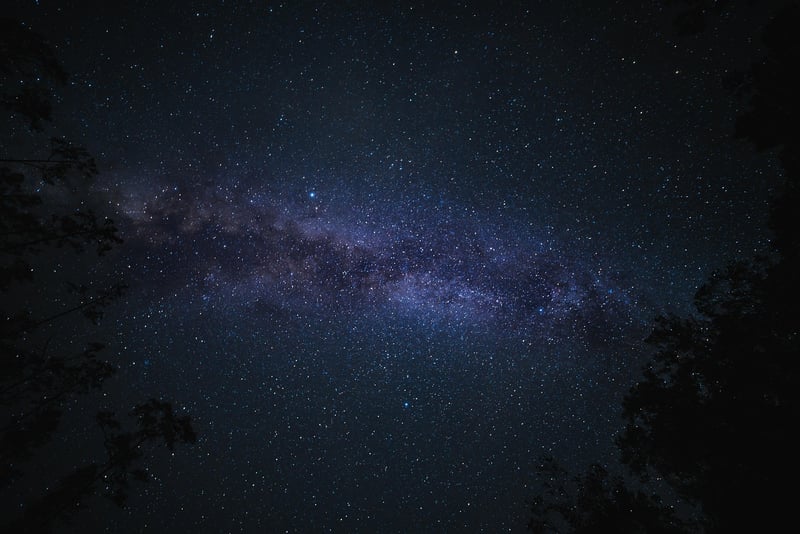Starlight Timings
Organizing a Celestial Event: Starlight Timings

Celestial events like meteor showers, lunar eclipses, and planetary alignments are awe-inspiring displays of nature that can be enjoyed by people of all ages. Organizing a celestial event requires careful planning and consideration of various factors, with one of the most crucial being the timings of starlight activities.
Understanding Starlight Timings
Starlight timings refer to the specific times when celestial events are most visible in the night sky. Factors such as the phase of the moon, light pollution, and the position of the event in the sky can all affect the visibility of the celestial phenomenon.
Tips for Observing Celestial Events
- Check the weather forecast to ensure clear skies.
- Find a location away from city lights to minimize light pollution.
- Use a star chart or mobile app to identify constellations and planets.
- Bring binoculars or a telescope for a closer view of celestial objects.
Popular Celestial Events
Some of the most popular celestial events include:
Best Times for Stargazing
Stargazing is best done during the late evening or early morning hours when the sky is darkest. Check the local astronomical society's website for information on upcoming celestial events and the best times to observe them.
Conclusion
Organizing a celestial event can be a rewarding experience for both novice stargazers and astronomy enthusiasts alike. By understanding starlight timings and following the tips for observing celestial events, you can make the most of these breathtaking displays in the night sky.
